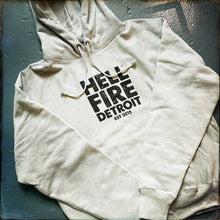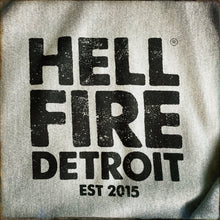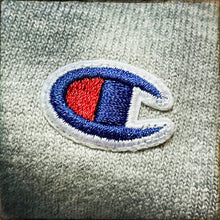The all-weather bellwether to societal divides.
Hoodie by Champion®. Reverse Weave®. 77% cotton, 23% polyester.
About Hoodies
Over the years, the oft-politicized garment has straddled the worlds of sports, street culture, Silicon Valley and high fashion.
Just before an unarmed black teenager named Trayvon Martin was shot and killed by a neighborhood watch captain in 2012, his attacker identified him to police as a “suspicious guy” wearing “a dark hoodie, a gray hoodie.”
During the national outpouring of grief and rage that followed Martin’s death, the hooded sweatshirt became a symbol of solidarity and protest. Basketball player LeBron James tweeted a photo of his teammates wearing hoodies alongside the hashtag #WeAreTrayvonMartin, and the organizers of New York City’s Million Hoodies March said, “A black person in a hoodie isn't automatically ‘suspicious.’ Let's put an end to racial profiling!”
These responses offered a stark manifestation of the convoluted history of the hoodie—a garment that has straddled the worlds of sports, street culture, Silicon Valley and high fashion, representing something as benign as affiliation with a football team or as charged as racial inequality.
The hoodie has become a bellwether defining our times—tales of social inequality, youth culture, subculture, police brutality, racism, privacy, fear and, in turn, style.
The first hoodies were likely made by Champion Products in the 1930s. The apparel was marketed to athletes and laborers in need of extra protection from the cold.
Employees at cold-storage warehouses and tree surgeons working through the winter were calling for a garment that would provide more warmth than their long underwear. Meanwhile Champion was working directly with high schools to determine their apparel needs, eventually making big double-thickness hooded sweatshirts that football and track athletes wore on the sidelines in bad weather.
The hoodie’s association with sports endured through the 1970s—think Rocky Balboa running up the steps of the Philadelphia Museum of Art—when it also became a streetwear staple
There was and is a theater of the hood: pulling it up with a flourish, tugging it down to settle in its energetic slouch. The hood frames a dirty look, obscures acne and anxiety, masks headphones in study hall, makes a cone of solitude that will suffice for an autonomous realm.
Because of their ability to obscure the face, hoodies are often regarded with suspicion. But the sweatshirts have also found their way into mainstream culture, touted by tech moguls and fashion designers alike.
The hoodie is now ubiquitous, but to wear one with unthinking confidence tends to be inextricably tied up with privilege.
The hoodie—which already carries sinister connotations in certain contexts—may become even more controversial with the rise of surveillance monitoring. To want privacy, anonymity, is inherently suspicious, and an affront to surveillance culture.
Source (edited): Smithsonianmag.com





